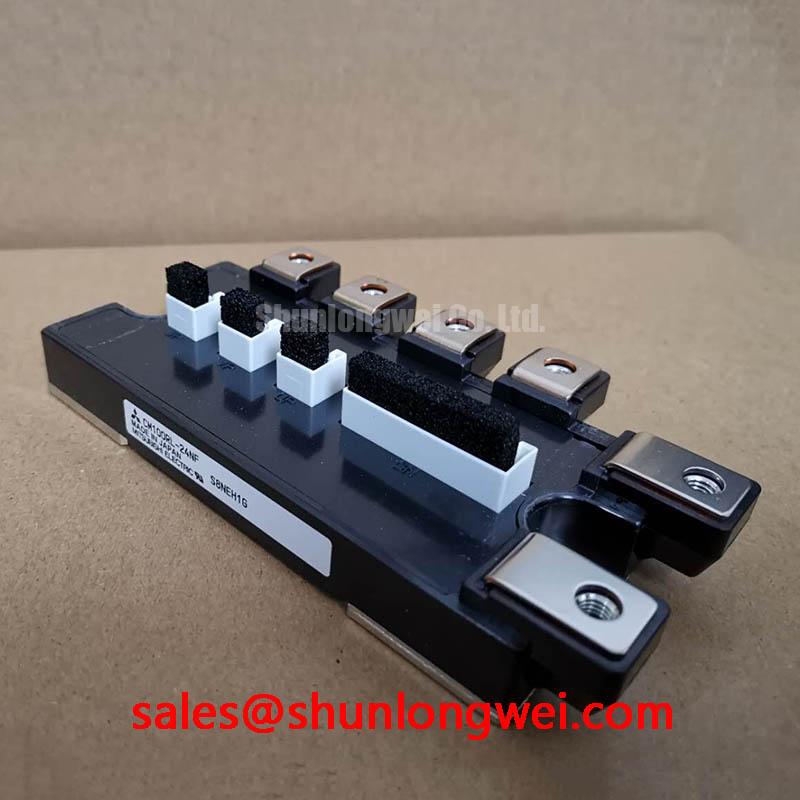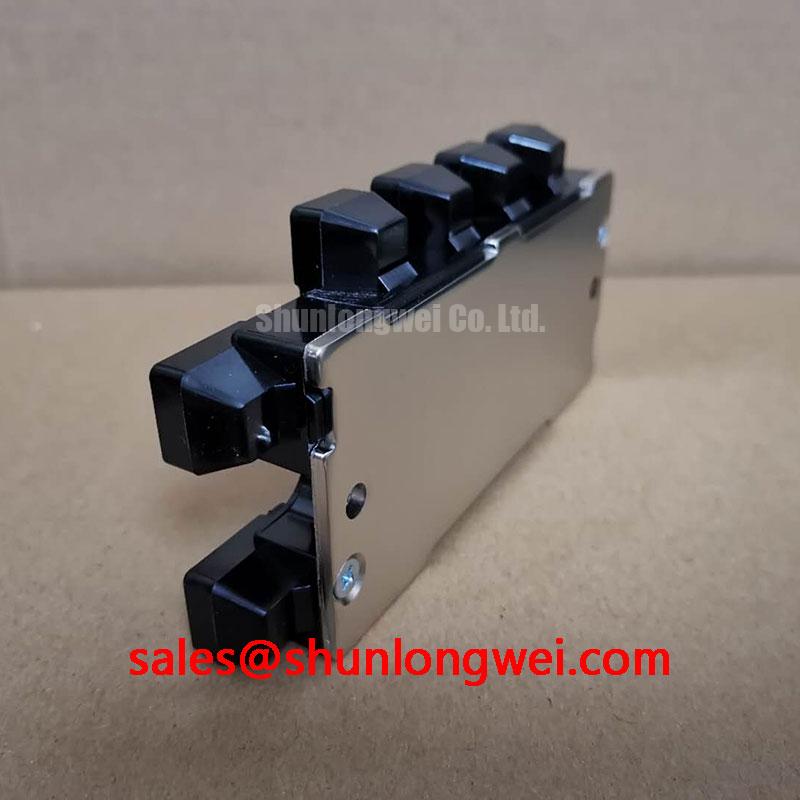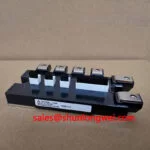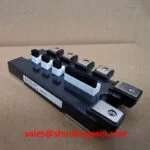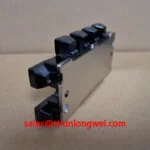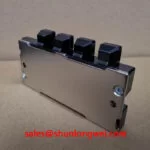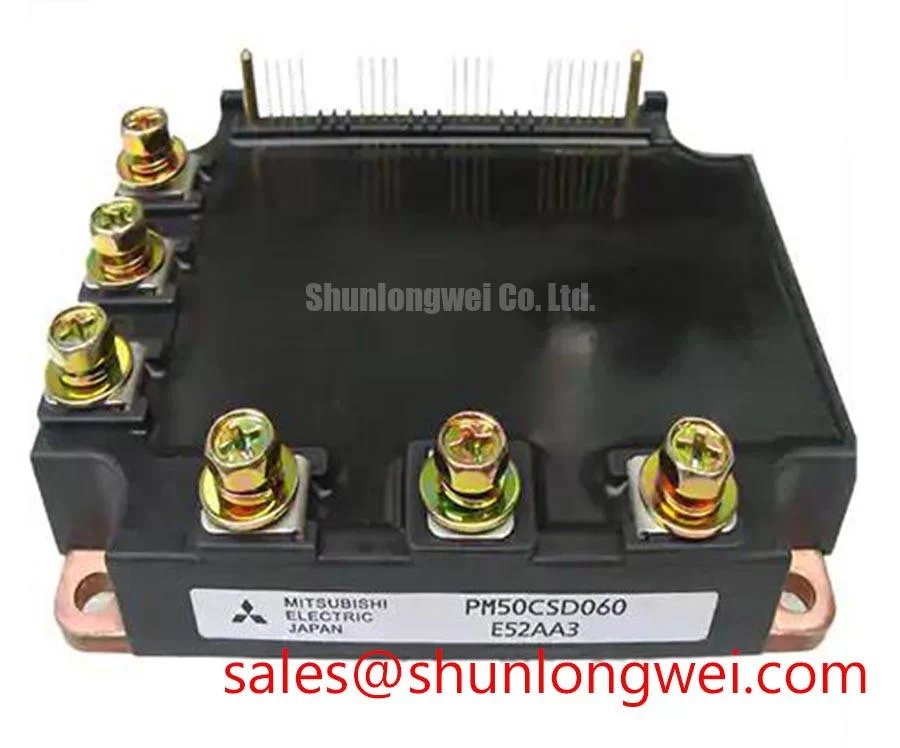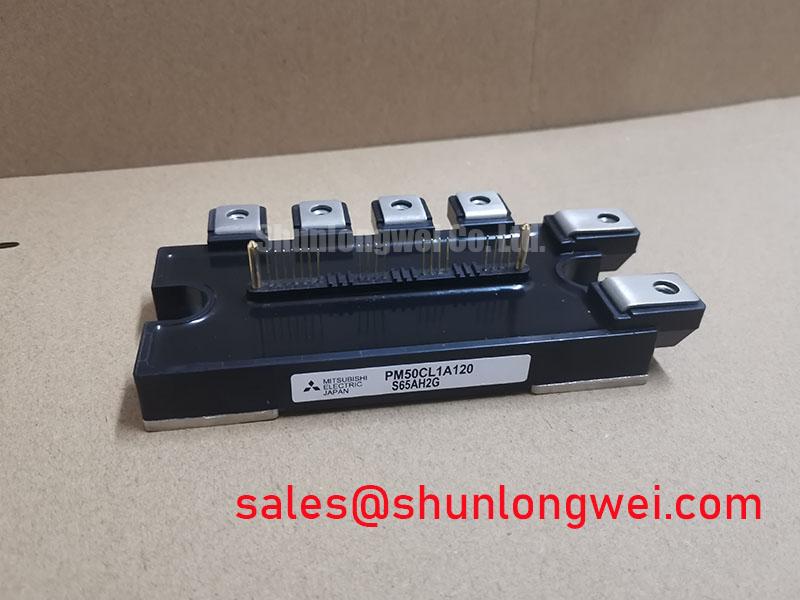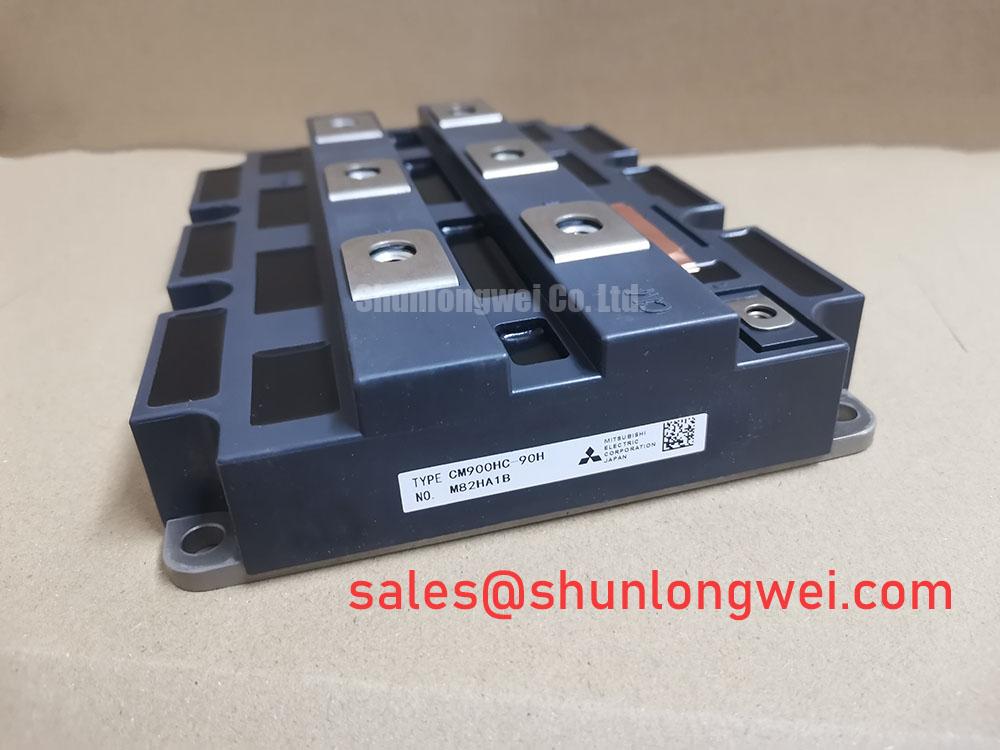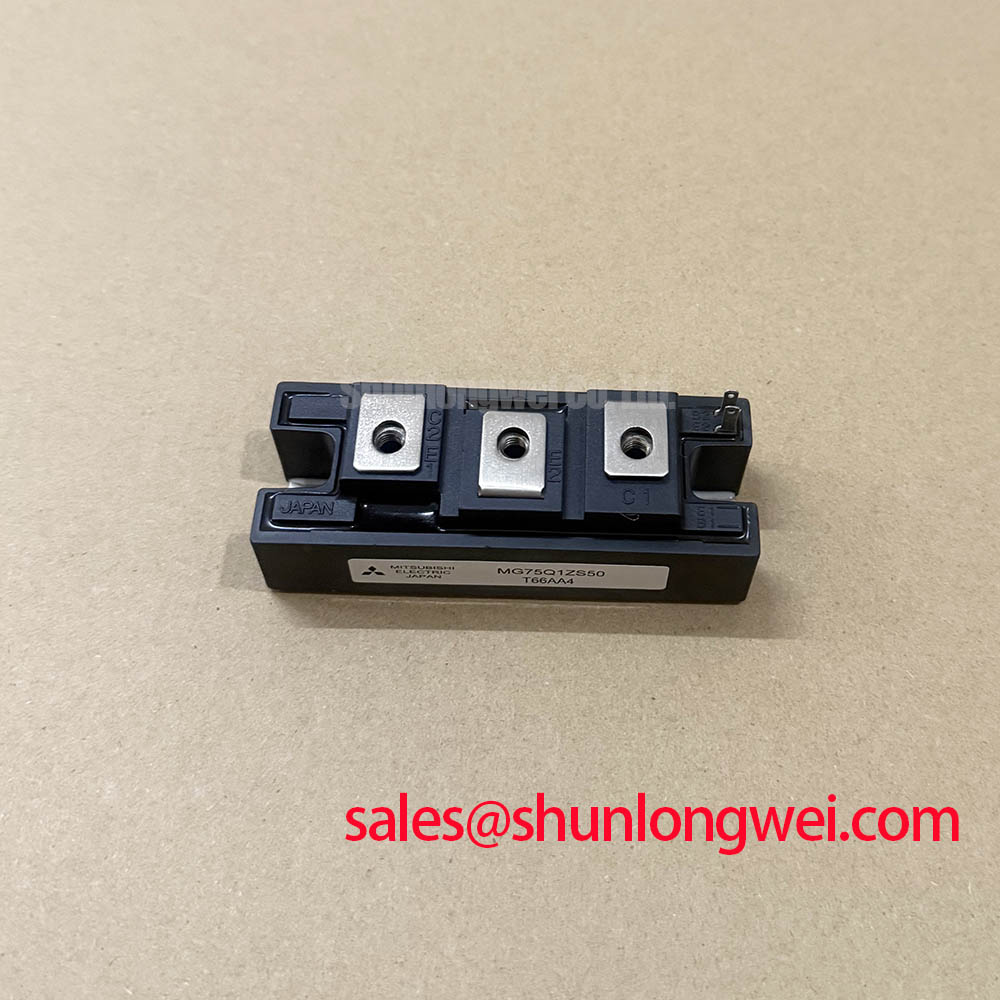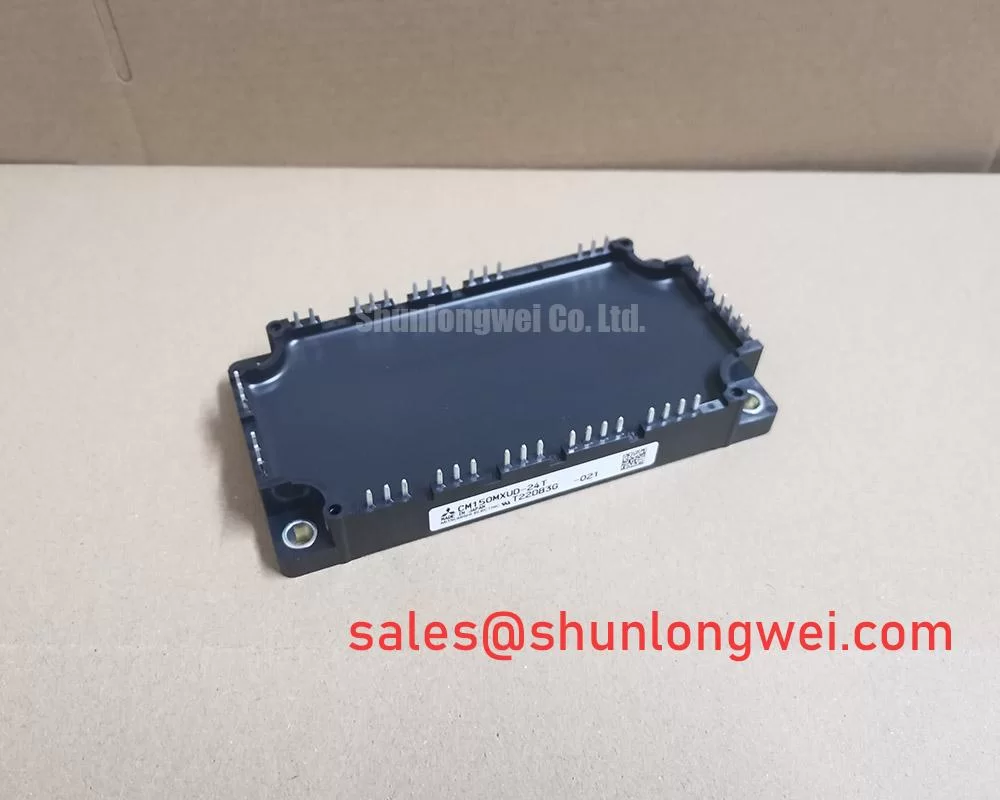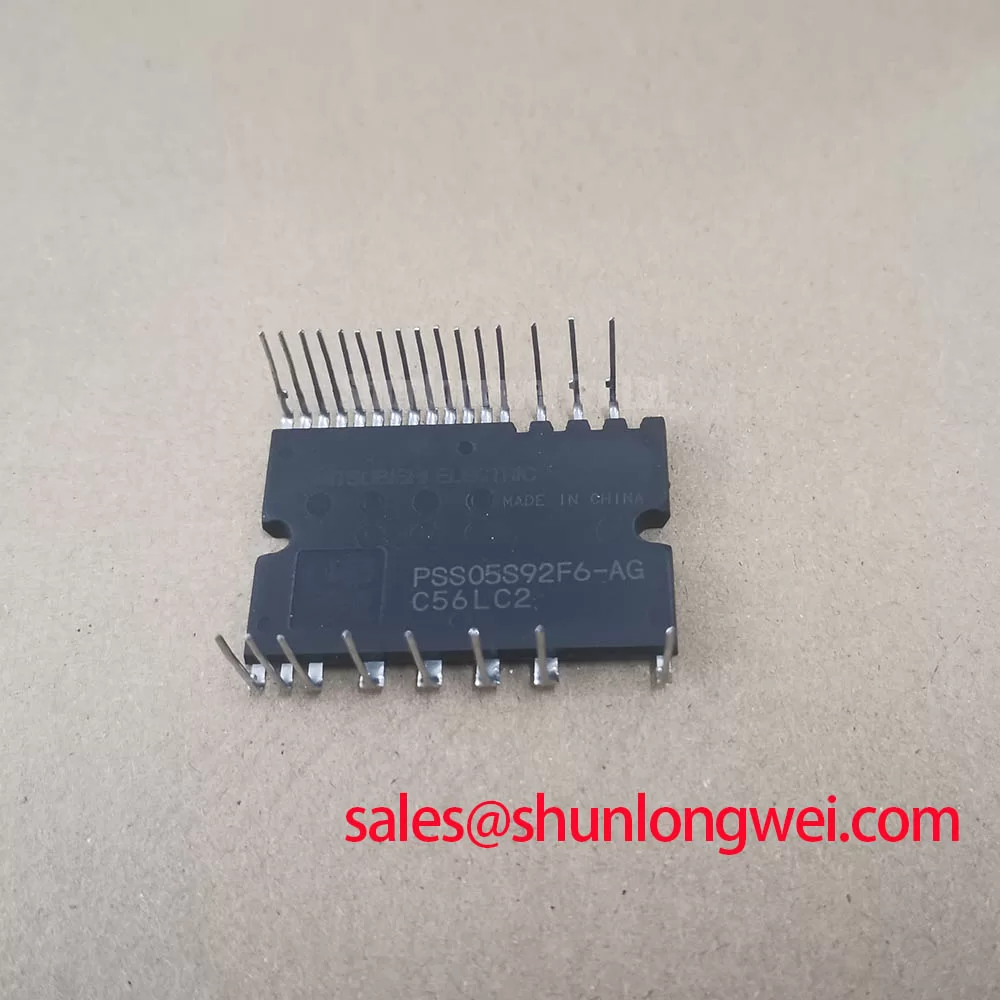Content last revised on November 14, 2025
Mitsubishi CM100RL-24NF IGBT Module: 1200V/100A Single Switch for High-Reliability Power Topologies
While multi-switch IGBT modules are the default for three-phase inverters, a significant class of high-power applications relies on the precision and simplicity of a single, robust switching element. The Mitsubishi CM100RL-24NF is engineered specifically for this domain. It delivers a formidable 1200V blocking voltage and 100A continuous current capability in a single-switch (chopper) configuration. This design choice is not a limitation but a strategic advantage, providing designers with a high-current, isolated power switch without the redundancy and complexity of multi-IGBT packages. By integrating Mitsubishi's proven trench gate and CSTBT™ (Carrier Stored Trench Bipolar Transistor) technologies, the CM100RL-24NF offers a carefully optimized balance between conduction losses, switching speed, and ruggedness, making it a cornerstone component for demanding DC-DC converters, power factor correction circuits, and high-power switching regulators.
Core Performance Metrics for System Design
The CM100RL-24NF's specifications are tailored for performance and reliability in high-stress DC switching applications. This curated list highlights the parameters most critical for thermal design, efficiency calculation, and ensuring operational longevity. For a complete list of specifications, please Download the Datasheet.
| Parameter | Value |
|---|---|
| Collector-Emitter Voltage (VCES) | 1200 V |
| Continuous Collector Current (IC) @ Tc=25°C | 100 A |
| Collector-Emitter Saturation Voltage (VCE(sat)) @ IC=100A | 2.70 V (Typ.) |
| Total Power Dissipation (PC) @ Tc=25°C | 694 W |
| Isolation Voltage (Viso) | 2500 Vrms (1 minute) |
| Internal Configuration | Single IGBT (Chopper) |
Verified Deployments in High-Power Systems
The value of a specialized component like the CM100RL-24NF is demonstrated in its real-world implementation. System integrators have successfully deployed this module in scenarios where a standard half-bridge or six-pack module would be inefficient or overly complex. One key example is in the design of 50kW+ DC fast-charging stations, where this module serves as the primary switching element in the main boost converter stage, efficiently stepping up the voltage from the rectified AC line to the high DC voltage required for battery charging. Another documented use is within the active Power Factor Correction (PFC) front-end of high-capacity industrial welding power supplies, where its fast and clean switching characteristics help meet stringent grid harmonic standards while handling significant load variations.
A Closer Look at Critical Design Parameters
Understanding the numbers is key to effective design. Two parameters of the CM100RL-24NF deserve special attention for their direct impact on system performance and reliability. For more guidance on interpreting technical data, explore our guide on decoding IGBT datasheets.
- Collector-Emitter Saturation Voltage (VCE(sat)): At 2.70V typical under its nominal 100A load, this parameter directly dictates conduction losses. Think of VCE(sat) as the toll the device extracts for letting current pass through it. A lower value means less power is wasted as heat. The value for the CM100RL-24NF represents a strategic balance achieved by Mitsubishi Electric's CSTBT™ structure, ensuring manageable heat dissipation without compromising the module's ability to switch efficiently at moderate frequencies.
- Isolation Voltage (Viso): The 2500 Vrms rating is a critical safety and reliability feature. It defines the dielectric strength between the live semiconductor terminals and the module's baseplate. This robust isolation simplifies mechanical mounting directly to a grounded heatsink, improving thermal transfer while guaranteeing high voltage safety margins required by industrial standards like UL and IEC.
Engineered for Precision in Single-Switch Topologies
The deliberate single-switch design of the Mitsubishi CM100RL-24NF makes it an optimal solution for power conversion topologies that do not require the push-pull or multi-phase configurations of inverter modules. This focus allows for a simplified gate drive design and layout, reducing potential sources of electromagnetic interference (EMI).
- DC-DC Boost and Buck Converters: Serves as the main controllable switch in high-power converters for applications like solar MPPTs, battery energy storage systems (BESS), and DC motor drives.
- High-Power Switch-Mode Power Supplies (SMPS): Ideal for the primary side of large SMPS units used in industrial processing, telecommunications, and data centers.
- Active Power Factor Correction (PFC): Acts as the core component in boost PFC circuits, ensuring high power factor and low harmonic distortion in equipment connected to the AC mains.
- Brake Choppers: Provides a reliable method for dissipating regenerative energy in motor drive systems, protecting the DC bus from overvoltage conditions.
Strategic Value in Modern Power Electronics
The trend towards electrification and renewable energy is increasing the demand for efficient and reliable DC power conversion. The CM100RL-24NF directly supports this shift. In the context of EV infrastructure, it enables the development of more compact and cost-effective DC fast chargers. For industrial automation, its use in brake choppers and servo drives enhances system safety and responsiveness. By providing a building block optimized for DC switching, this module allows engineers to avoid the cost and complexity of underutilized multi-switch modules, leading to a lower total cost of ownership (TCO) and a more streamlined design process. This philosophy of using the right tool for the job is central to competitive power system design. For a broader overview, consider this in-depth analysis of IGBT modules.
Selecting the Right Module for Your Topology
Choosing between a single-switch module like the CM100RL-24NF and a dual-switch module depends entirely on the circuit topology. If your application is a DC chopper, boost converter, or a single-ended forward converter, the CM100RL-24NF provides exactly what you need. Its performance is concentrated in a single, optimized path. However, for applications requiring a half-bridge or full-bridge configuration, such as a phase-leg in a motor inverter or a bidirectional DC-DC converter, a dual IGBT module like the CM200DY-24H would be the more appropriate choice. The key is to match the module's internal configuration to the schematic, ensuring no semiconductor die is left unused, which would be an inefficient use of both cost and board space.
As power systems become more modular and application-specific, the role of specialized components like the CM100RL-24NF grows in importance. It represents a move away from one-size-fits-all solutions towards highly optimized building blocks that empower engineers to create more efficient, reliable, and cost-effective power conversion systems. Investing in the correct topology from the outset not only simplifies the design phase but also lays the groundwork for superior performance and longevity in the field, paving the way for the next generation of industrial and renewable energy technologies.


